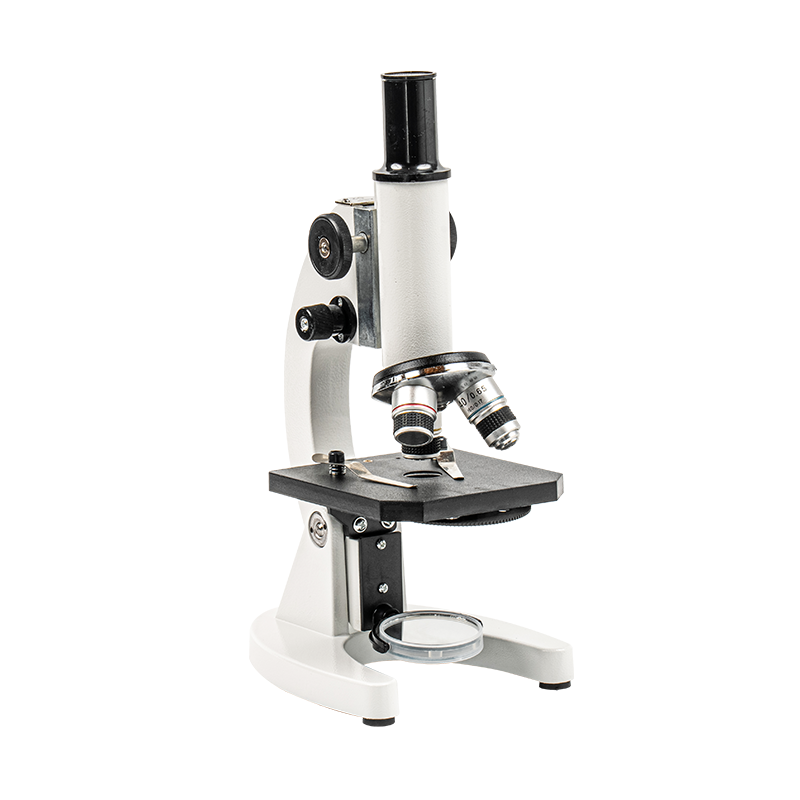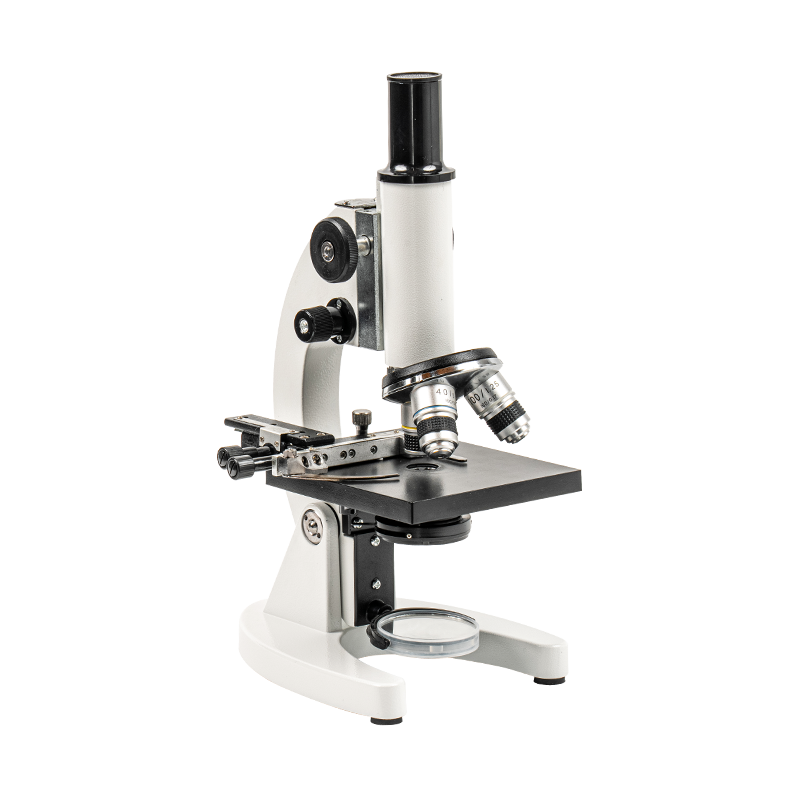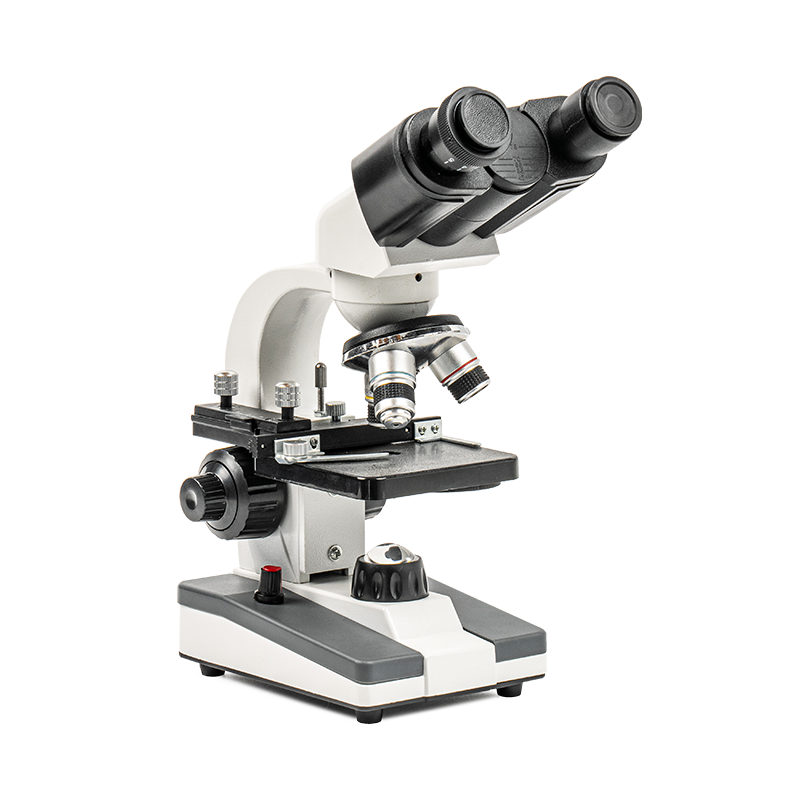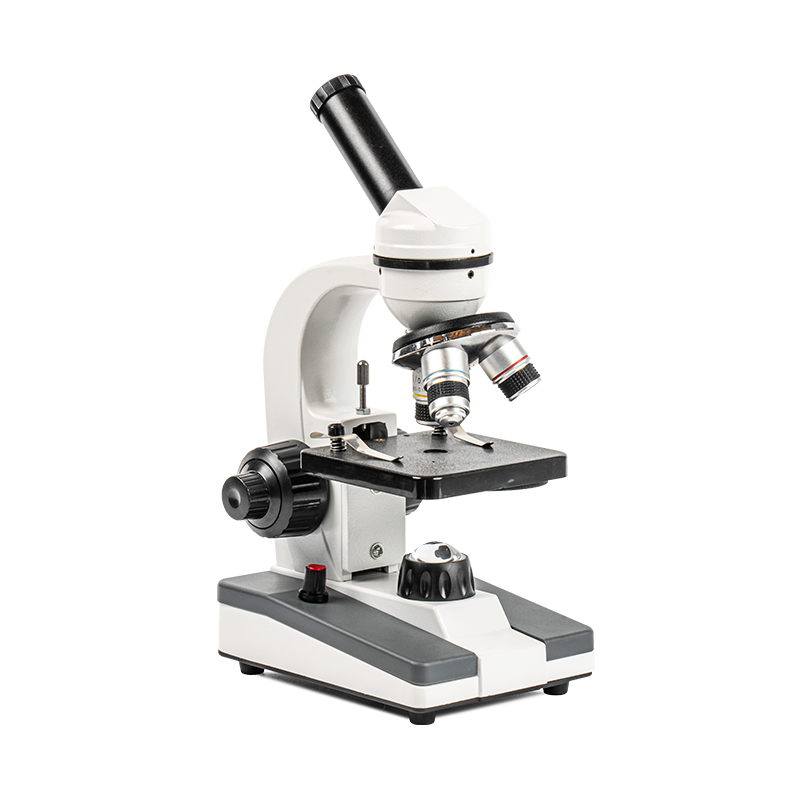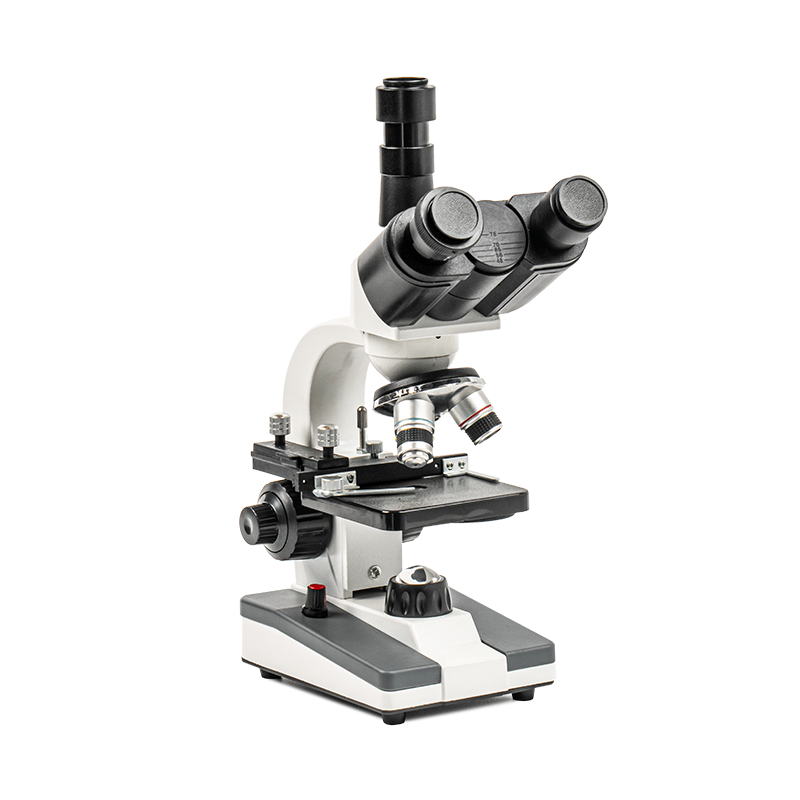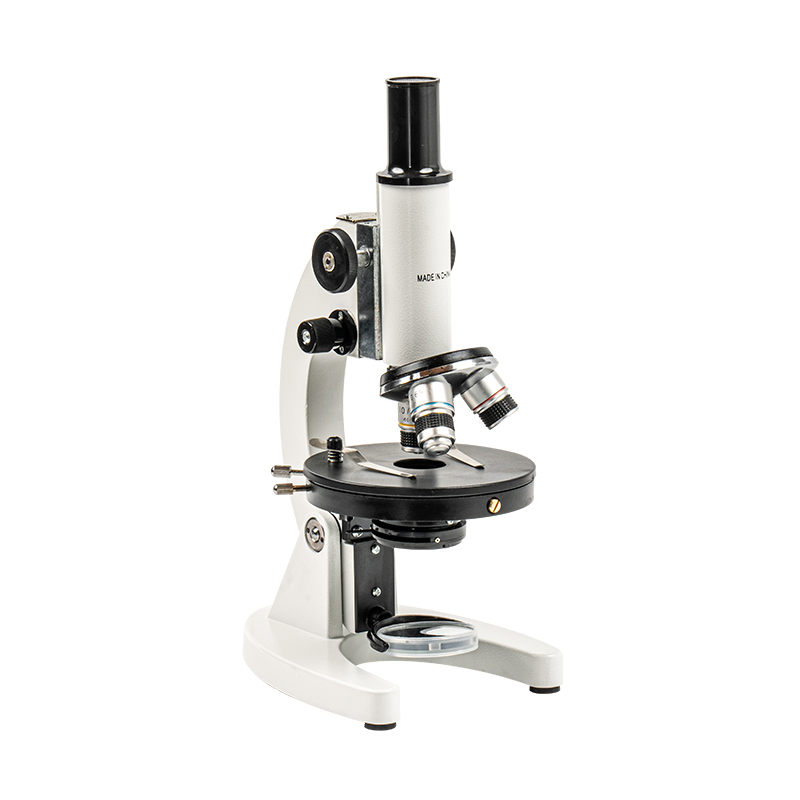As parents and educational institutions attach importance to children's comprehensive qualities, more and more educational tools begin to focus on children's hands-on practical skills. Microscope for kids, as a tool that combines observation and operation, has become one of the important tools to promote the development of children's hands-on practical skills. By using a microscope, children can not only feel the charm of science and stimulate their curiosity about the microscopic world, but also improve their hands-on ability, observation and problem-solving ability in practical operations.
Content
The educational value of microscope for kids
The greatest educational value of microscope for kids is that it is not only an "observation tool", but also a tool that allows children to deepen their understanding and improve their abilities through hands-on practice. Compared with traditional book learning and pure theoretical education, microscopes provide an opportunity for children to actively participate, explore and experiment. In this process, hands-on operation has become one of the core links in children's education.
Stimulate children's interest in exploration and scientific curiosity
Through a microscope, children can come into contact with the microscopic world that they cannot usually see, such as microorganisms in water, the structure of leaf cells, and the exoskeleton of insects. This "wonder" brought by the microscope can inspire children's interest in science and nature, and encourage them to take the initiative to explore the unknown. The interest in scientific exploration is often the starting point of hands-on practice. It makes children willing to operate and try by themselves, and finally gain a deeper understanding.
Cultivate observation and meticulous analysis ability
When using a microscope to observe objects, children need to pay attention to details, adjust the focus, adjust the light source, and carefully observe the tiny structure. This process can not only improve children's observation ability, but also help them develop meticulous analysis ability. Microscopes teach children how to observe problems from different angles. This ability is the basis of hands-on practice and also provides powerful help for their future learning and life.
Specific ways for microscope for kids to promote hands-on practical ability
Microscope for kids is not only a tool to help children observe the microscopic world, but also a platform for children to improve various abilities through hands-on operation. The following are several specific ways for microscope for kids to promote children's hands-on practical ability:
Hands-on sample preparation and experimental design
Before using a microscope, children need to prepare observation samples. This part not only requires children to observe the world around them and select suitable samples, but also requires them to learn how to process the samples to a suitable state for observation. For example, children can choose leaves, petals, insect wings, etc., place them on a slide, adjust the position and size appropriately, and even use water or dye to highlight certain details. In this process, children not only cultivate curiosity about nature through practical operations, but also improve their hands-on ability.
Repeatedly adjust and operate the microscope
The use of a microscope is inseparable from meticulous operation. Children need to constantly adjust the focal length, light source intensity, and even change the position of the sample in order to obtain a clear observation effect. During the adjustment process, children can not only improve their hands-on skills through repeated operations, but also understand the working principle of the microscope in practice. Operating a microscope requires a certain degree of precision and patience, which also helps to cultivate children's concentration and carefulness.
Through this manual operation, children can closely combine scientific principles with practice, thereby improving their hands-on ability and practical experience. Moreover, in this process, children often encounter various problems, such as unclear samples and inappropriate light. At this time, they need to find solutions through trial and adjustment. This problem-solving ability will help them become more handy in future learning.
Hands-on experiments and observation records
In the process of using a microscope, children usually conduct some simple experiments, such as observing the cell structure of plants and recording the number of microorganisms in water. Experimental design is a hands-on process. Children not only need to choose appropriate samples according to the experimental requirements, but also think about how to record the observation results. In this process, children need to record, draw or take pictures with a pen. All these operations require children to have certain hands-on ability and careful observation.
In addition, by constantly recording the experimental results, children can deepen their understanding of the experimental phenomena, and also train their ability to organize, analyze and summarize. Through continuous experiments and observations, children's hands-on ability has been further improved, which will also have a profound impact on their future learning of science or other subjects.
Peer cooperation and joint operation
Microscope is not only an individual learning tool, it can also be widely used in group activities. In class or at home, children can use microscopes together to discuss and share observations through cooperation. In this process of cooperation, children can not only learn from each other, but also improve their own operation skills through collaboration.
For example, one child is responsible for adjusting the microscope, and the other child is responsible for recording the observations, and the two complete an experiment together. Through teamwork, children can improve their communication and cooperation skills in the process of operating the microscope, and can also better understand how to solve problems together. This cooperative hands-on operation can not only promote the development of children's hands-on ability, but also help them develop teamwork spirit and social skills.
Hands-on innovation, change experimental conditions
microscope for kids not only allows children to observe known objects, but also encourages children to conduct some innovative experiments. Children may try to change samples, adjust the intensity of light sources, or even design some different experimental conditions to verify their hypotheses. For example, children may compare the cell structures of different leaves, or change the temperature in water samples to observe the changes in microorganisms. In this process, children need to adjust the experimental conditions by themselves, try repeatedly, and finally verify or overturn their hypotheses through experimental results.
This exploratory and innovative hands-on operation not only stimulates children's curiosity, but also helps them build scientific thinking and experimental ability. By constantly adjusting and improving the experimental design, children develop innovative thinking and problem-solving skills, which will have a positive impact on their future academic or professional careers.
How to choose a microscope suitable for children
In order to maximize the role of microscope for kids in cultivating hands-on practical skills, it is particularly important to choose a microscope suitable for children. Here are a few selection points:
1. Easy to use: Microscope for kids should have a simple and intuitive operating interface, and functions such as focusing and light source adjustment should be simple and easy to understand, so that children can easily get started. Complex operating steps may make children feel frustrated, which will hinder their interest in hands-on operation.
2. Safety design: The design of the microscope should take children's safety into consideration. Avoid using materials that are easy to break or sharp, ensure that the structure of the microscope is stable, and will not cause harm to children during operation.
3. Magnification suitable for children: The magnification of microscope for kids should be suitable for children's vision. Generally speaking, the magnification is between 100 times and 400 times. Too high a magnification not only makes it difficult for children to observe clearly, but may also make the operation difficult and affect the effectiveness of hands-on practice.

 English
English Español
Español عربى
عربى 中文简体
中文简体
